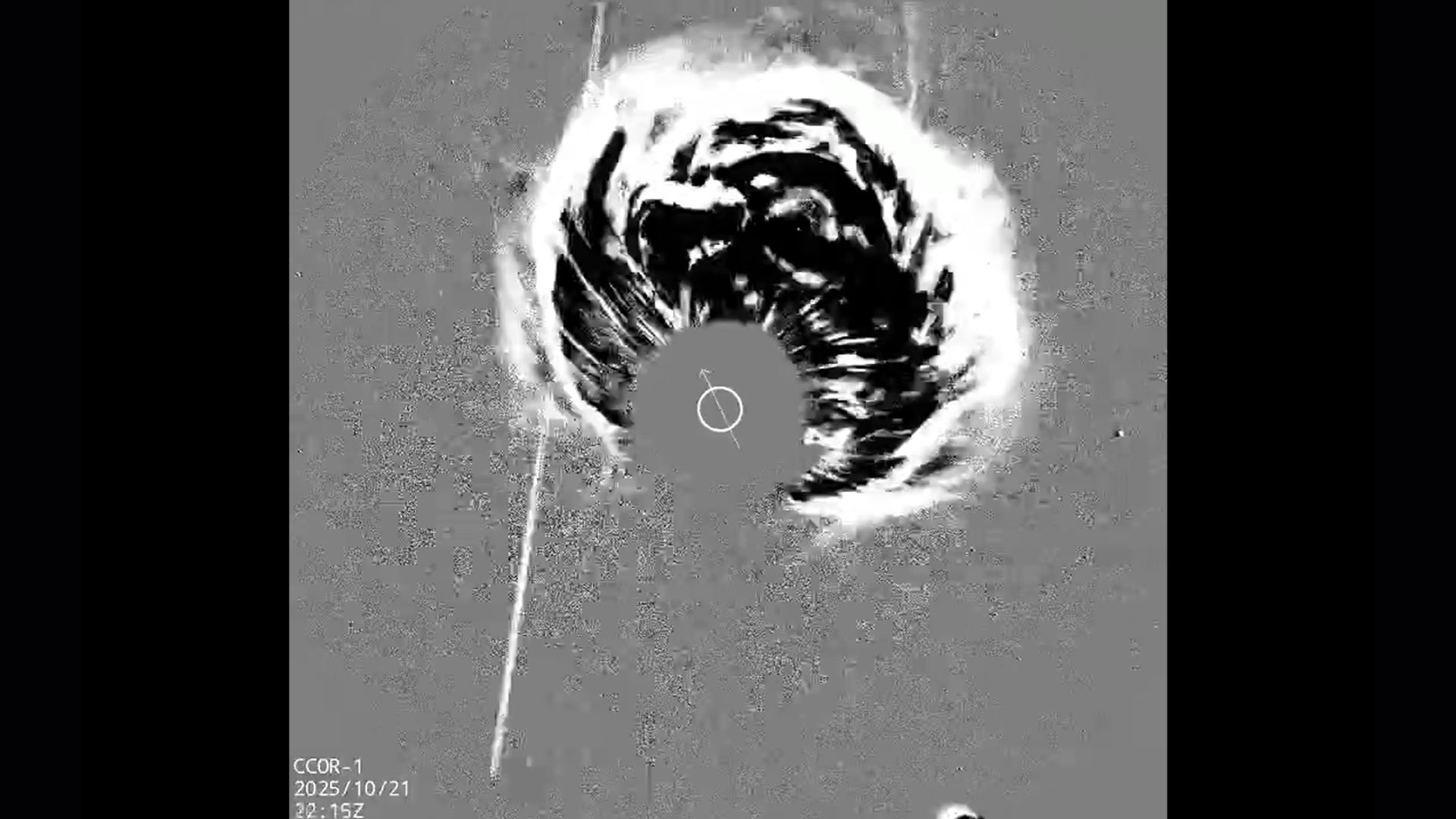A Russian cosmonaut successfully performed tissue engineering in space with a magnetic field
The experiment pushed cells towards each other like "pebbles being pushed around by the waves on the beach."
A cosmonaut has bioengineered human cartilage tissue at the International Space Station (ISS) for the first time, according to a new study. Researchers think their findings have the possibility to improve deep space travel in the future.
In December 2018, Russian cosmonaut Oleg Kononenko used a new custom-designed machine (called the "Bioprinter Organ.Aut") that utilized a magnetic field to assemble cartilage cells in space. Kononenko performed the experiment in the Russian segment of the ISS during Expedition 58/59. The researchers who developed this system on Earth published the results of their work on Wednesday (July 15).
Crews that will travel in space for long stretches of time and to increasingly farther destinations will have to be self-reliant. A future version of this experiment's bioprinter might help a crewmember replace a human body part, according to the researchers. They added that another application might be to print food for people traveling to Mars..
Related: Why are scientists trying to manufacture organs in space?
Earlier ISS experiments like the "Twins Study" with NASA astronauts Scott and Mark Kelly showed that parts of the human body can atrophy in space. The team behind the new study have also conducted prior experiments in space, steadily working on ways to artificially mimic biological processes outside the body.
"This experiment in cartilage fabrication is not the only one. During [Expeditions] 57/58, 60/61, 61/62 [and] 62/63 we also conducted experiments in space on fabricating the mouse thyroid gland, fabricating meat, fabricating bones, fabricating three-dimensional bacterial biofilms, as well as crystallizing and growing crystals of protein compounds in a new method," Vladislav Parfenov, chief designer at the biotechnical research company 3D Bioprinting Solutions and the study's lead author, told Space.com in an email.
Utkan Demirci, co-director of the Canary Center for Cancer Early Detection at the Stanford University School of Medicine, is the inventor of the experiment's "magnetic levitational bioassembly" approach to constructing tissue in microgravity. This technique can sew cells together into tissue using a machine that creates a magnetic field, so cells don't need scaffolds, or support structures, to build tissue.
Breaking space news, the latest updates on rocket launches, skywatching events and more!
Related: Space travel causes joint problems in mice. But what about humans?
A scaffold in a building helps support work done on a larger structure. Similarly, bioassembly scaffolds are materials (artificial or natural) upon which organic tissue is grown.
The new study's ISS experiment showed the "exciting" possibility of using magnetic fields to not have to rely on the use of scaffolds, Demirci told Space.com in an email.
The technology used two opposing magnets close to each other to generate a force that pushed the cells towards each other like "pebbles being pushed around by the waves on the beach," Demirci said.
"Magnetic waves or fields are controlled so we can move the cells where we want them to go [to assemble] them into more complex structures of tissue constructs," Demirci added.
Getting cells to self-assemble without the help of a scaffold platform could lead to further development of space regenerative medicine, which will be useful for future human exploration in deep space.
Related: A BFF in space! Bioprinter will 3D-print human tissue on the space station
There are also Earthly applications that could emerge from this work. "I think these types of… studies in space might lead to interesting discoveries in cancer biology and its co-infections such as HIV or COVID-19," Demirci wrote.
The study was published on July 15 in the journal Science Advances.
Follow Doris Elin Urrutia on Twitter @salazar_elin. Follow us on Twitter @Spacedotcom and on Facebook.
Join our Space Forums to keep talking space on the latest missions, night sky and more! And if you have a news tip, correction or comment, let us know at: community@space.com.

Doris is a science journalist and Space.com contributor. She received a B.A. in Sociology and Communications at Fordham University in New York City. Her first work was published in collaboration with London Mining Network, where her love of science writing was born. Her passion for astronomy started as a kid when she helped her sister build a model solar system in the Bronx. She got her first shot at astronomy writing as a Space.com editorial intern and continues to write about all things cosmic for the website. Doris has also written about microscopic plant life for Scientific American’s website and about whale calls for their print magazine. She has also written about ancient humans for Inverse, with stories ranging from how to recreate Pompeii’s cuisine to how to map the Polynesian expansion through genomics. She currently shares her home with two rabbits. Follow her on twitter at @salazar_elin.

